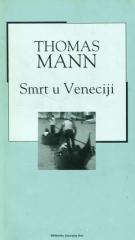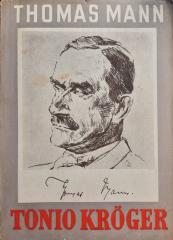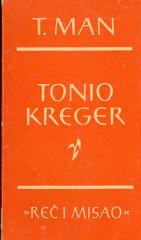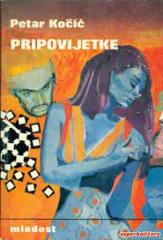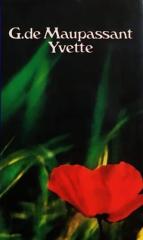
Smrt u Veneciji / Tonio Kröger
Smrt u Veneciji (1912.) i Tonio Kröger (1903.) Thomasa Manna dvije su novele koje istražuju teme umjetnosti, strasti i unutarnjih sukoba pojedinca u modernom svijetu.
Smrt u Veneciji prati Gustava von Aschenbacha, uglednog njemačkog pisca koji, suočen s kreativnom krizom, putuje u Veneciju. Tamo se opčinjen zaljubljuje u Tadzija, mladog poljskog dječaka izuzetne ljepote. Aschenbachova opsesija, isprepletena s estetskim divljenjem i erotskom čežnjom, vodi ga u moralni i psihološki slom. Dok kolera pustoši grad, on odbija otići, podliježući svojoj strasti. Novela, simbolički bogata, propituje sukob između apolonske discipline i dionizijske strasti, kulminirajući u Aschenbachovoj tragičnoj smrti na plaži, dok promatra Tadzija.
Tonio Kröger prikazuje unutarnju borbu mladog umjetnika Tonija, rastrganog između umjetničkog poziva i čežnje za običnim, buržoaskim životom. Kao sin njemačkog trgovca i južnjačke majke, Tonio osjeća otuđenost od društva, uključujući prijatelje Hansa i Inge, koje voli. Njegova umjetnička osjetljivost čini ga autsajderom, ali on na kraju prihvaća svoju ulogu, pomirivši ljubav prema životu s umjetničkom disciplinom.
Obje novele, pisane Mannovim preciznim, analitičkim stilom, istražuju napetost između duha i tijela, umjetnosti i života, uz univerzalne teme identiteta i žrtve. Mannovi likovi, suočeni s unutarnjim raskolima, odražavaju modernu egzistencijalnu krizu.
One copy is available
